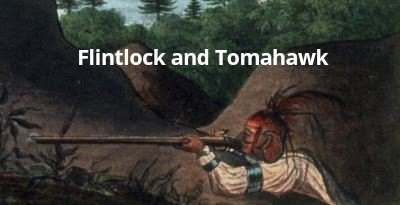British siege guns before Morro Castle
A
depiction of an episode from the last major operation of the Seven
Years War, 1756-63. It was part of England's offensive against Spain
when she entered the war in support of France late in 1761. The British
Government's response was immediately to plan large offensive amphibious
operations against Spanish overseas possessions, particularly Havana,
the capital of the western dominions and Manila, the capital of the
eastern. Havana needed large forces for its capture and early in 1762
ships and troops were dispatched under Admiral Sir George Pocock and
General the Earl of Albemarle. The force which descended on Cuba
consisted of 22 ships of the line, four 50-gun ships, three 40-gunners, a
dozen frigates and a dozen sloops and bomb vessels. In addition there
were troopships, storeships, and hospital ships. Pocock took this great
fleet of about 180 sail through the dangerous Old Bahama Strait, from
Jamaica, to take Havana by surprise. Havana, on Cuba's north coast, was
guarded by the elevated Morro Castle which commanded both the entrance
to its fine harbour, immediately to the west, and the town on the west
side of the bay. The castle was built on rock, with massive rock-cut
ditches defending it to landward. It was, however, overlooked by the
high ground of the Cabana ridge (Los Cavannos) to the south-east.
Despite Spanish defence of the ridge, the British managed to take it and
set up a battery there from which to bombard the castle at a distance.
This painting shows the inside of the battery, made from a timber
platform with a parapet of fascines. The gunners wear blue coats. The
Morro Castle can be seen in the distance on the right, with the
bell-tower of Havana cathedral on the left. The main harbour lies below,
hidden by the trees in the centre.
- File:Dominic Serres the Elder - The Capture of Havana, 1762, the English Battery before Morro Castle.jpg
- Created: circa 1775






No comments:
Post a Comment